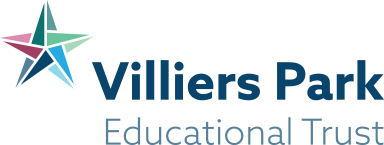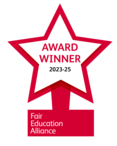Possible Selves Theory
What is Possible Selves?
Possible Selves is a theory that describes the relationship between self-concept, imagined future selves, motivation and behaviour. It was formulated by Hazel Markus and Paula Nurius in 1986.
The idea is that people can imagine possible future selves: either positive ones, which might motivate us to take the action we need to achieve them, or avoidable possible selves which motivates positive action toward other versions of future selves.
The potential future selves that we can imagine are often limited to those that we have the resources to conceptualise.
They are shaped by:
Our social and cultural context
What we can see around us
Our own experiences
The experience of the people who advise and help steer us
Whether or not they are validated by people whose opinion we respect
The importance of Possible Selves
When we have a possible future self in mind, the level of motivation to strive to become it, and the likelihood of taking the action needed to become it, are related to how detailed our imaginary future self is, how realistic and achievable it seems, and how much we can see how to become that future self.
At Villiers Park, we use Possible Selves to shape how we work with young people to help them achieve their ambitions in our Future Leaders Programme.
Possible Selves in Action
The Future Leaders programme is built on Neil Harrison’s 2018 framework, which applies the Possible Selves theory to help young people envision and achieve their potential futures. By using this approach, Villiers Park supports students in exploring their aspirations and developing clear pathways to success through targeted activities.
The four key elements of this framework are:
Expanding Horizons
We help students explore a wider range of futures by introducing new opportunities and guiding them to refine their ideas in the context of their lives.
- Coaching, Subject-Based Workshops, Higher Education and Employer Visits, Destination Support.
Building Confidence
Students engage in activities that demonstrate their potential, foster self-belief, and support goal-setting.
- Leadership Challenge, Coaching, Skills-Based Workshops, Subject-Based Workshops, Higher Education and Employer Visits.
Clarifying Pathways
Through action plans, road maps, and immersive experiences like employer or university visits, students gain a clearer understanding of how to achieve or avoid specific futures.
- Coaching, Higher Education and Employer Visits, Skills-Based Workshops, Subject-Based Workshops.
Making Goals Achievable
By experiencing real-world options, such as work shadowing or tailored visits, students see how their aspirations can become attainable.
- Higher Education and Employer Visits, Leadership Challenge, Subject-Based Workshops, Skills-Based Workshops.
This structured approach equips young people to define and work towards their ideal futures confidently.
Get in touch
Learn more about our Future Leaders programme and how we can collaborate:



